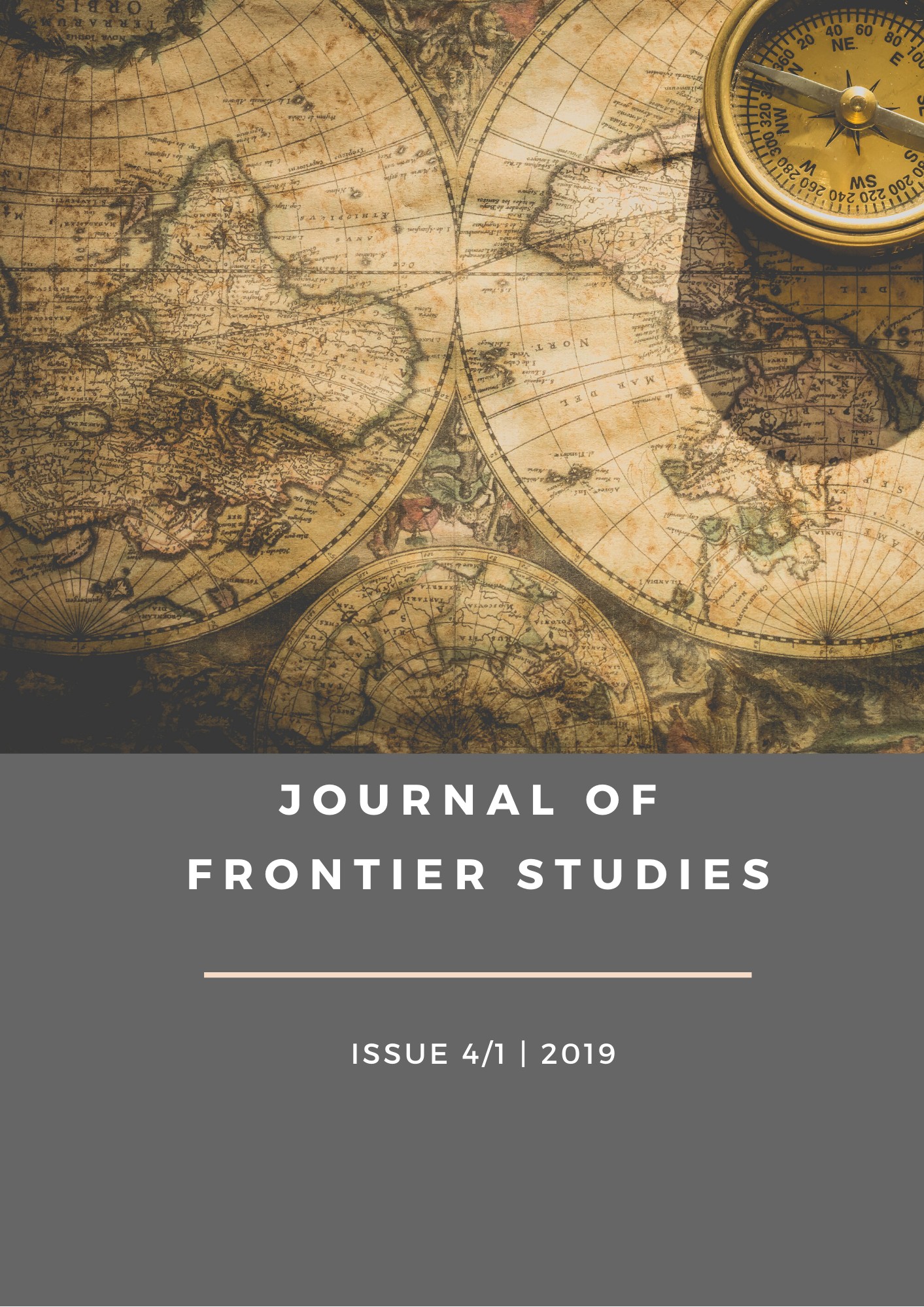Аннотация
Эта статья была заказана Деборой Берд Роуз и Томом Ван Доореном для специального выпуска журнала «Australian Humanities Review» 2011 г., озаглавленного «Нелюбимые другие: смерть презираемых во время вымираний». Это был знаковый номер в формирующейся междисциплинарной области «многовидовых исследований», в основании которых особую роль сыграли Роуз и Ван Доорен. Привлекая экологическую этику к диалогу с историей, этнографией, природоохранной биологией, а иногда также литературой и искусством, многовидовые исследования занимаются разрушением границы между человеком и другими видами в интересах коллективного экологического процветания. «Нелюбимые другие» должны были раскрыть истории связи между видами, особенно учитывая те, которые обычно игнорируются или презираются, и сделать это таким образом, чтобы показать личную вовлеченность исследователя в это повествование. Мое эссе фокусируется на виде, который я в течение моего детства в Канберре воспринимала как весьма «нелюбимый другой»: ночная бабочка богонг (Agrotis infusa), мигрирующее насекомое, численность которого в настоящее время резко сократилась. После краткого обзора научной литературы по этому насекомому я обсуждаю исторические и антропологические источники, которые подчеркивают ее решающее значение в качестве пищи для коренных народов района Канберры. Случай с мотыльком богонг показывает, как по мере продвижения колониальной границы хрупкие межвидовые отношения, поддерживавшие культуру и экологию этого континента, разрушались. Статья завершается предложением, одновременно этическим и кулинарным, о восстановлении состояния бабочки, что также учитывает наследие коренных народов.
Литература
Athletes given swarm reception. (2000, September 23). Retrieved from BBC Sport On-line: http://news.bbc.co.uk/sport2/hi/olympics2000/athletics-track/938449.stm
Bogong Moths. (2009, September 28). Retrieved from Basin Kids. Murray Darling Basin Commission: http://kids.mdbc.gov.au/encyclopedia/wildlife/invertebrates/bogong_moth
Bogongs Migrating South. (2002, November 14). Retrieved from Scribbly Gum, ABC Science Online: http://www.abc.net.au/science/scribblygum/november2002
Bush Tucker on a Commercial Scale. (2009, September 29). Retrieved from Landcare Online. Landcare Australia: http://www.landcareonline.com/case_study.asp?cID=163
Dobell, G. (2010, October 4). Aussie Bogongs, Pommie Mice. Retrieved from The Interpreter: http://www.lowyinterpreter.org/post/2010/04/12/Aussie-bogongs-Pommy-mice.aspx
Dover, B. (1991). Save the Animals! 101 Easy Things You Can Do. North Ryde: HarperCollins.
Flood, J. (1980). The Moth Hunters: Aboriginal Prehistory of the Australian Alps. Canberra: Australian Institute of Aboriginal Studies.
Gale, J. (1927). Canberra: History of and Legends Relating to the Federal Capital Territory of the Commonwealth of Australia. Queanbeyan: A. M. Pallick & Sons.
Gammage, B. (2002). Australia under Aboriginal Land Management. Fifteenth Barry Andrews Memorial Lecture. Canberra: University College, ADFA.
Green, K., & et al. (2001). Long distance transport of arsenic by migrating Bogong moths from agricultural lowlands to mountain ecosystems. The Victorian Naturalist(118), 112–116.
Halligan, M. (2003). The Point. Crows Nest: Allen and Unwin.
Herbison-Evans, D., & Crossley, S. (2011, May 14). Agrotis infusa. Retrieved from http://lepidoptera.butterflyhouse.com.au/noct/infusa.html
Jackson-Nakano, A. (2001). The Kanberri. A History from the Records of Aboriginal Families in the Canberra-Queanbeyan District and Surrounds 1820-27, and Historical Overview 1928-2001. Weereewaa History Series (Vol. 1). Canberra: Aboriginal History.
January 2009 Heatwave in Victoria. (2009, May 4). Retrieved from Chief Health Officer, Victoria, Australia: http://www.health.vic.gov.au/chiefhealthofficer/publications/heatwave.htm
Keaney, B. (2009). Bogong Moth. Retrieved from ACT GreenGuide: http://act.greenguide.net.au/Bogong_Moth
Linden, J. (2009, January 28). Heatwave causes havoc at Australian Open. Retrieved from Reuters: http://www.reuters.com/article/sportsNews/idUSTRE50R0W720090128
Manning, A. D. (2009). Scattered trees are keystone structures—Implications for Conservation. Biological Conservation(132), 311-321.
Mathews, F. (1994). Carnal Legacies. In L. Cosgrove, & et al (Eds.), Terra Incognita (pp. 37-46). Carlton: Melbourne UP.
McCormick, B. (2006). Bogong Moths and Parliament House. In Research Brief, Parliament of Australia, Department of Parliamentary Services (18 December 2006, No. 6). Canberra: Parliamentary Library.
Organic cotton: Reduce your impact one t-shirt at a time. (2009). Retrieved from Greenhome: ACF online: http://www.acfonline.org.au/articles/news.asp?news_id=1921
Plumwood, V. (2002). Environmental Culture: The Ecological Crisis of Reason. London: Routledge.
Rigby, K. (2007). Ecopoetics of the Limestone Plains. In C. A. Cranston, & R. Zeller (Eds.), The Littoral Zone. Australian Contexts and their Writers (pp. 153-175). Amstersdam: Rodopi.
Rose, D. B. (1996). Nourishing Terrains: Australian Aboriginal Views of Landscape and Wilderness. Canberra: Australian Heritage Commission.
Serres, M. (1995). The Natural Contract. (E. MacArthur, & W. Paulson, Trans.) Ann Arbor: U of Michigan P.
Singer, P. (1996). Animal Liberation. In R. Garner (Ed.), Animal Rights: The Changing Debate (pp. 7-18). Basingstoke: Macmillan.
Symons, M. (2007). One Continuous Picnic: A Gastronomic History of Australia. Carlton: Melbourne UP.
Yaxley, L. (2009, October 28). Bogong tour 09 takes over Parliament House. Retrieved from ABC News: http://www.abc.net.au/news/stories/2009/10/28/2726474.htm


